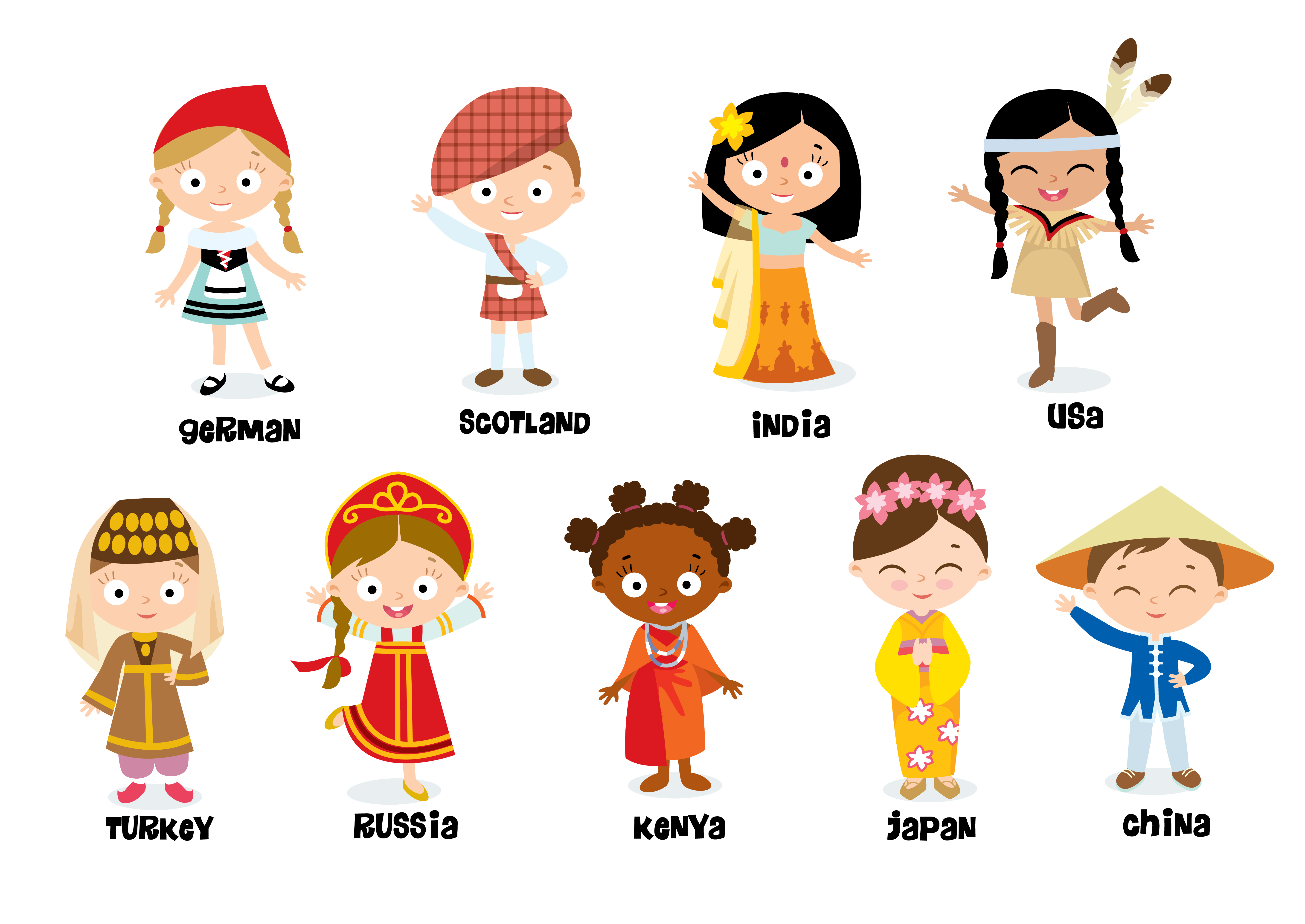Handwriting Skills Normal Worksheets for Ages 5-7
8 filtered results
-
From - To
Discover our "Handwriting Skills Normal Worksheets for Ages 5-7," designed to nurture young learners' writing abilities through engaging activities. These worksheets feature a variety of exercises that promote fine motor skills, letter formation, and proper grip, making handwriting fun and accessible. Ideal for home or classroom use, each worksheet encourages practice through tracing, copying, and creative writing prompts. Tailored for children aged 5 to 7, our resources cater to diverse learning styles, helping them build confidence and proficiency in their handwriting. Explore our collection today to support your child's journey to effective written communication!


Letter Q Tracing Page
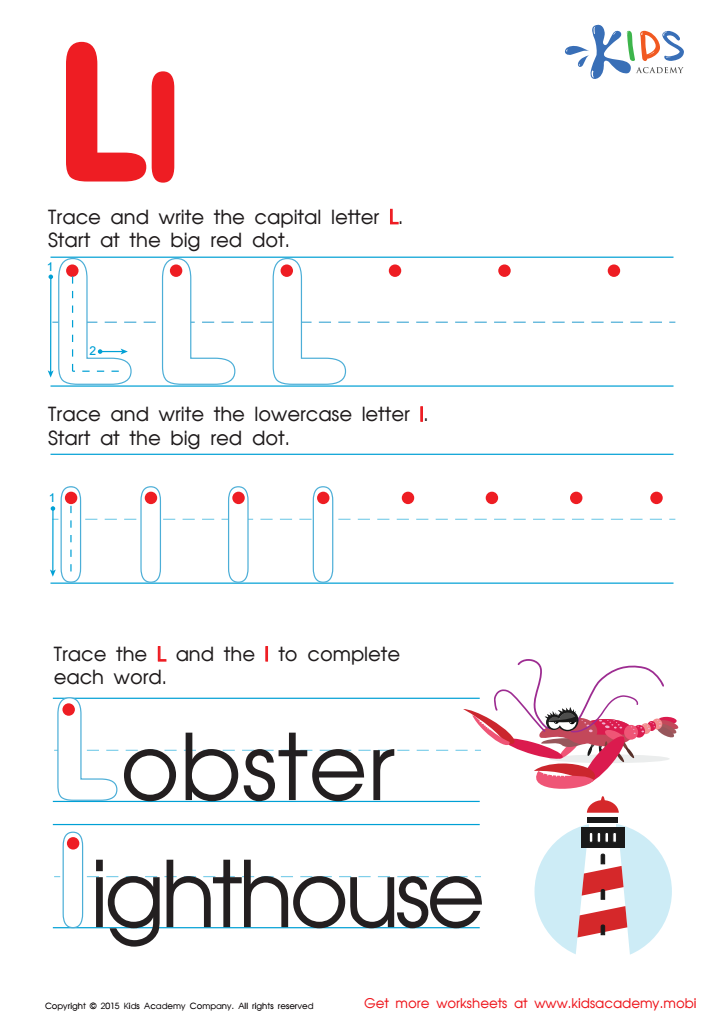

Letter L Tracing Page


Kindergarten Number Tracing: Mary's Bag Worksheet
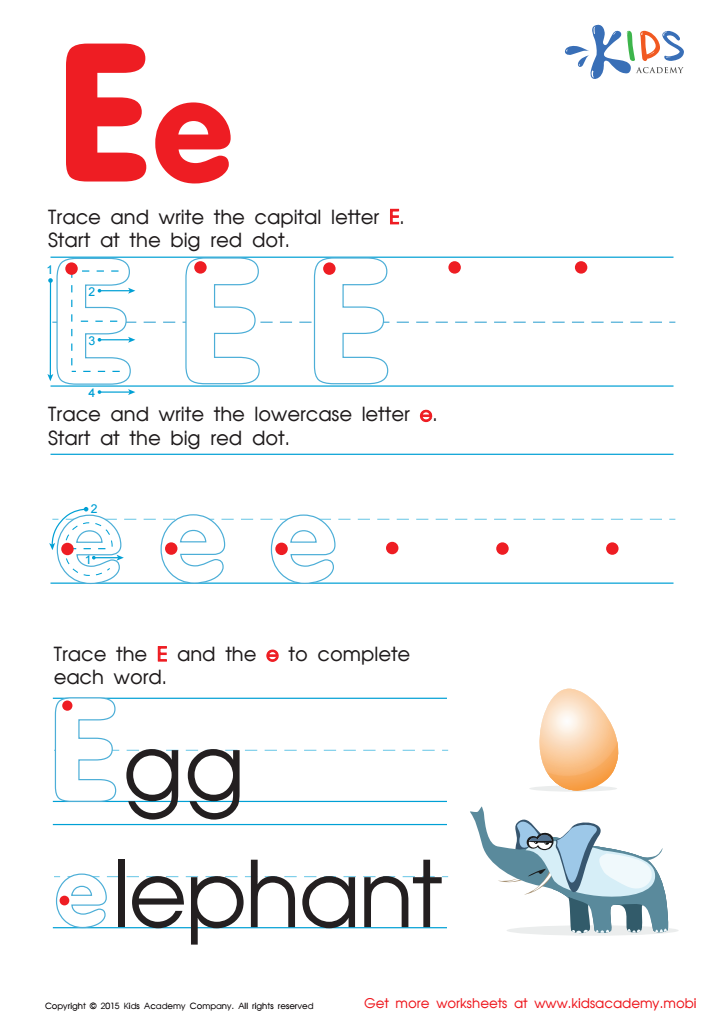

Letter E Tracing Page


Shapes in Real Life: Cone Worksheet
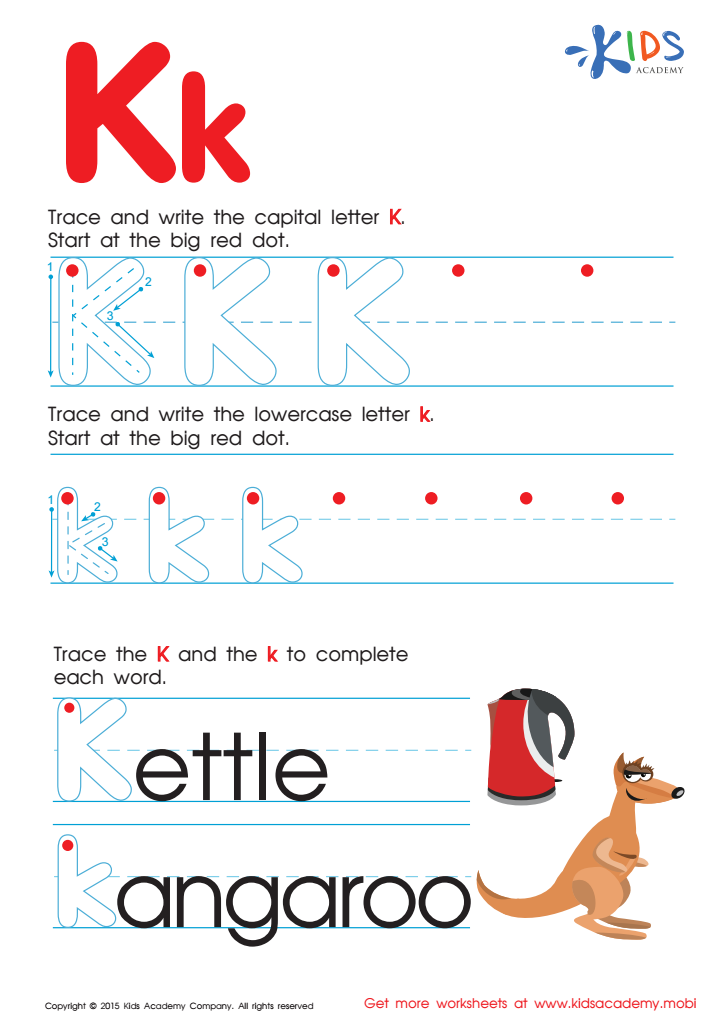

Letter K Tracing Page
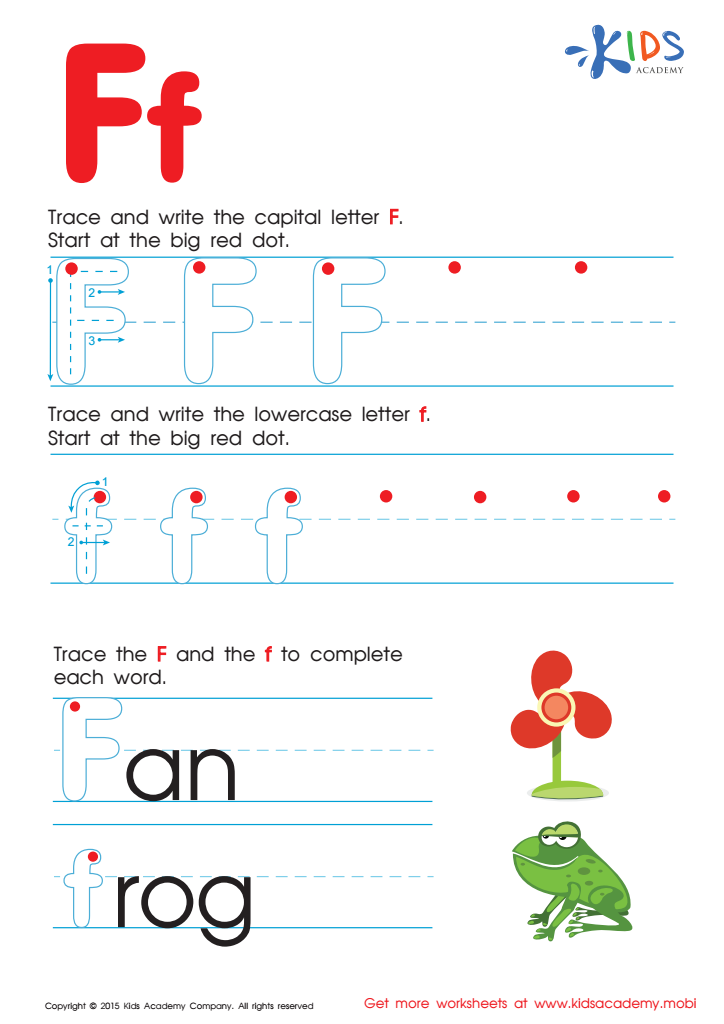

Letter F Tracing Page
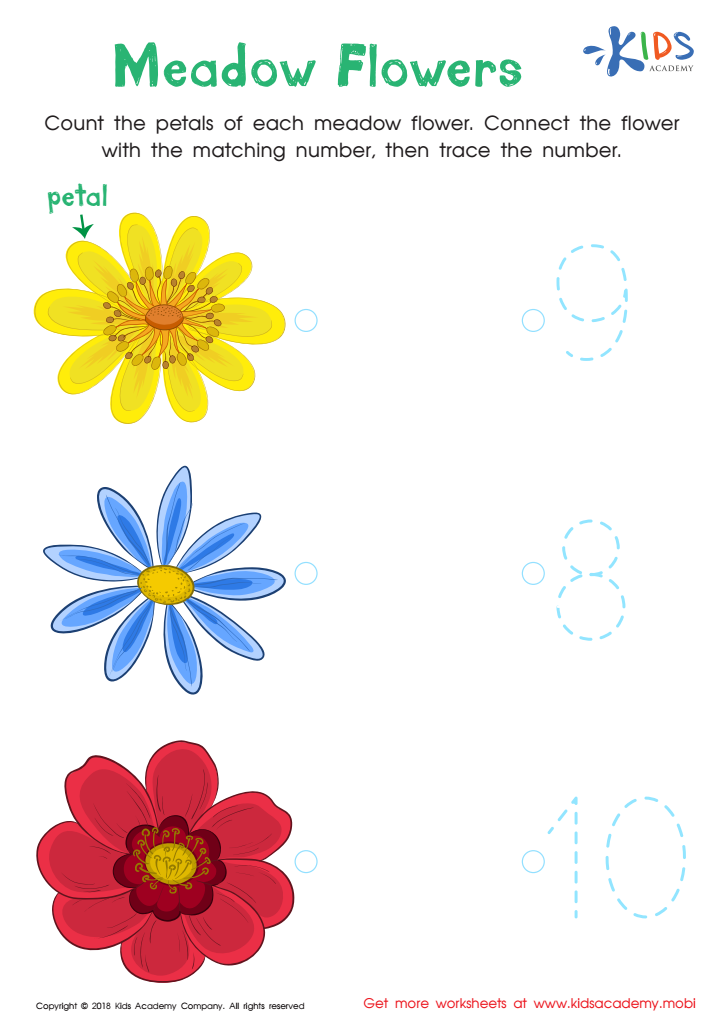

Kindergarten Number Tracing: Medow Flowers Worksheet
Handwriting skills are crucial for children aged 5-7 as they form the foundation for their educational journey and overall development. During this critical stage, children transition from learning basic letter formation to producing legible writing that reflects their thoughts and creativity. Good handwriting is linked to successful communication, allowing children to express themselves clearly in both academic and social settings.
For parents and teachers, nurturing handwriting skills fosters fine motor development, enhancing hand-eye coordination and muscle control. This skill set is significant not just for writing, but also for activities like drawing and crafting, which contribute to cognitive growth. Moreover, children who struggle with handwriting might experience frustration or a lack of confidence, potentially impacting their overall learning motivation and attitudes. Early interventions can prevent these issues, creating a more inclusive, supportive classroom and home environment.
Incorporating handwriting practice through fun activities and games can make learning enjoyable, encouraging consistent progress. Parents can engage with their children at home while teachers can integrate effective handwriting techniques in the curriculum. Ultimately, investing time and effort into developing handwriting skills during these formative years sets the stage for academic success, personal expression, and effective communication throughout life.
 Assign to My Students
Assign to My Students





